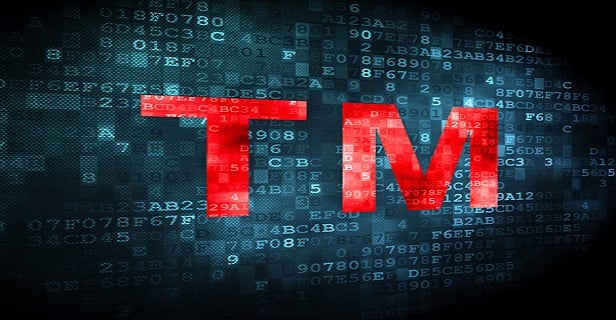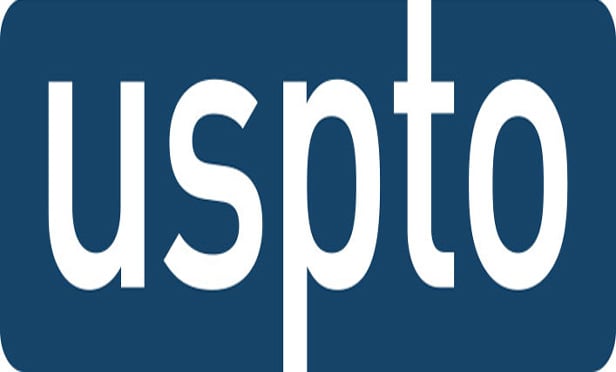Features

Trademark Coexistence May Become a Necessity As Market for Trademarks Grows
Trademark publication can be an anxious part of the application process, with fear of aggressive opposition and costly proceedings looming in the background. But many oppositions, whether they are only threatened or actually filed, afford the applicant a discussion with the opposer that can ultimately be helpful in nonobvious ways.
Features

Due Diligence Can Mitigate Trademark Risk
How can one launching a new trademark mitigate the risk of rejection or infringement on the basis of likelihood of confusion with an existing mark? The primary strategy is trademark searching.
Features

Reckless Disregard for the Truth of a Material Statement Made to the USPTO Is Sufficient for Proving the Intent to Deceive
The Trademark Trial and Appeal Board (TTAB) has finally filled a gap left by the U.S. Court of Appeals for the Federal Circuit in the standard for finding deceptive intent when trying to prove fraud on the USPTO.
Features

Trademarks Making Advertising Claims Create Sticky Situations
The SharkNinja case as well as other well-established precedents serve as powerful reminders to advertisers of certain best-practices in choosing their trademarks or evaluating whether to challenge their competitors' trademarks.
Features

Eighth Circuit Permits Recovery for 'Initial-Interest Confusion' In Trademark Cases
The likelihood of confusion analysis is often focused on confusion at the time of purchase, but the U.S. Court of Appeals for the Second, Third, Fifth, Sixth, Seventh, Ninth, Tenth and Federal Circuits permit mark holders to allege infringement based on presale, initial-interest confusion. Earlier this year, the Eighth Circuit joined the majority of circuits in permitting recovery for initial-interest confusion in certain circumstances.
Features

Tenth Circuit Adds to Split on Lanham Act's International Applicability
the Tenth Circuit held that the Lanham Act can have extraterritorial application, if certain conditions are met. In doing so, the appellate court recognized — and further deepened — an ongoing circuit split.
Columns & Departments

IP News
Nike Seeks $150 Million In Sanctions from Six Chinese Banks, and Loses
Features

USPTO Looking to Beef Up Its Own Trademark Protection
The agency announced that the Department of Commerce has applied to register the USPTO's marks in a bid to crack down on scammers who are impersonating the agency.
Features

New Report Finds Declines In Copyright, Trademark Suits
Copyright lawsuit filings declined significantly over the last two years, according to a new report by Lex Machina, which found that overall cases had dipped from a 2018 peak that was driven primarily by surges in file-sharing litigation.
Features

Counterfeiting vs. Infringement: Second Circuit Weighs In
In two recent cases, the Second Circuit provided guidance as to the circumstances that may give rise to liability for counterfeiting, as distinct from mere infringement, and addressed liability for contributory infringement for counterfeiting.
Need Help?
- Prefer an IP authenticated environment? Request a transition or call 800-756-8993.
- Need other assistance? email Customer Service or call 1-877-256-2472.
MOST POPULAR STORIES
- Law Firms are Reducing Redundant Real Estate by Bringing Support Services Back to the OfficeA trend analysis of the benefits and challenges of bringing back administrative, word processing and billing services to law offices.Read More ›
- Disconnect Between In-House and Outside Counsel'Disconnect Between In-House and Outside Counsel is a continuation of the discussion of client expectations and the disconnect that often occurs. And although the outside attorneys should be pursuing how inside-counsel actually think, inside counsel should make an effort to impart this information without waiting to be asked.Read More ›
- Divorce Lawyers' Obligation to ChildrenDo divorce lawyers have an obligation to disclose client confidences when it is in the best interests of the client's child to do so? The short answer of the rules of professional responsibility is 'no' because a 'yes' answer is deemed to be fundamentally inconsistent with the premises of the adversary system in which the divorce lawyer functions. The longer answer is that the rules encourage ' but do not require ' a divorce lawyer to counsel the client to authorize the disclosure because it is in the best interests of both parent and child.Read More ›
- Upping the Legal Training AnteWomble Carlyle's technology training and online learning programs were in need of an upgrade. Unprecedented firm growth, heightened emphasis on developing lawyers' core technology competencies, and a need to streamline and automate existing e-learning processes led the firm to initiate a fundamental shift.Read More ›
